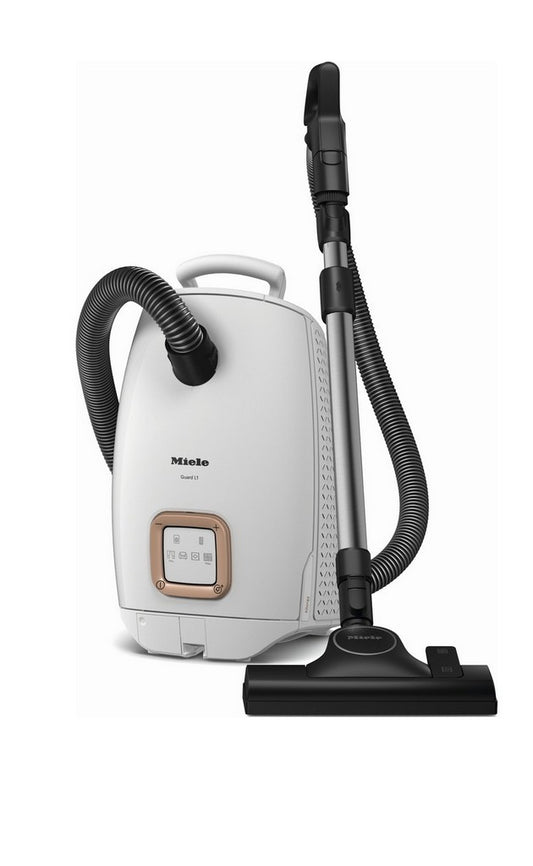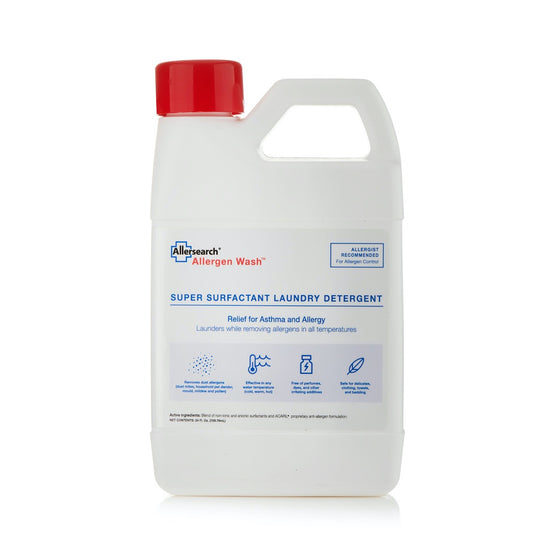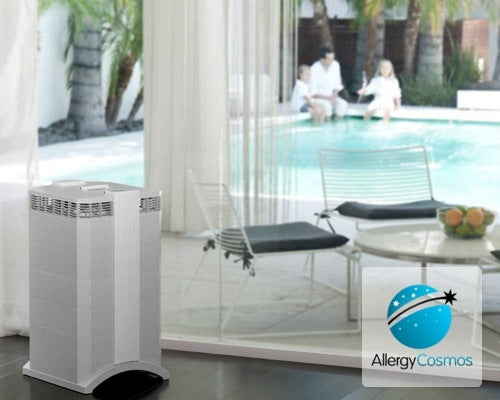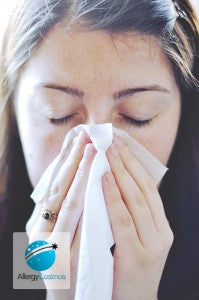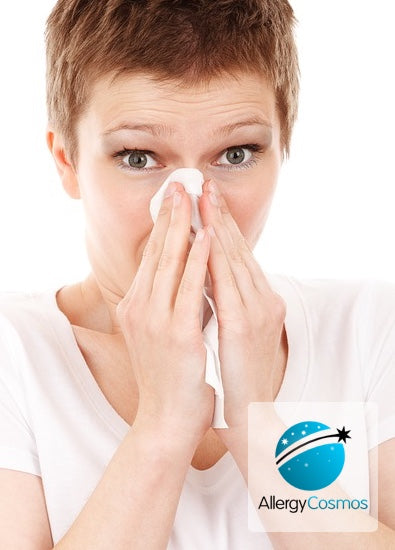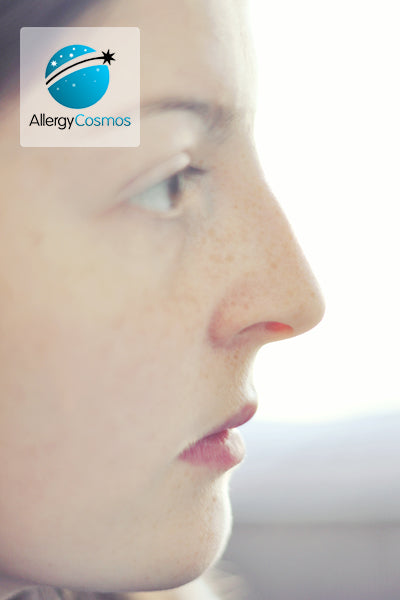
Rhinitis Information
Rhinitis, including hay fever, is the most common of all the allergic diseases. The typical symptoms such as blocked nose, watery eyes, & running nose may persist all year round (perennial rhinitis) or may be seasonal. Even though it’s often undiagnosed and its symptoms often perceived as harmless, the actual impact perennial rhinitis could have on a person’s overall quality of life is significant.
Frequently Asked Questions
What is rhinitis?
What are the symptoms of rhinitis?
What causes rhinitis?
What exactly causes the symptoms of rhinitis?
How is rhinitis diagnosed?
Can rhinitis be confused with other conditions?
What is the outlook for rhinitis?
How can I prevent rhinitis?
What medical treatments are there for rhinitis?
Can rhinitis be cured?
Related Products
-
IQAir HealthPro 250 Air Purifier
Regular price £1,049.00Regular priceUnit price per -
Miele Guard L1 Allergy - Brilliant White
Regular price £379.00Regular priceUnit price per£379.00Sale price £379.00 -
Allersearch Allergen Wash
Regular price £22.95Regular priceUnit price per -
Allersearch ADMS Anti-Allergen Dust Spray
Regular price £20.95Regular priceUnit price per


